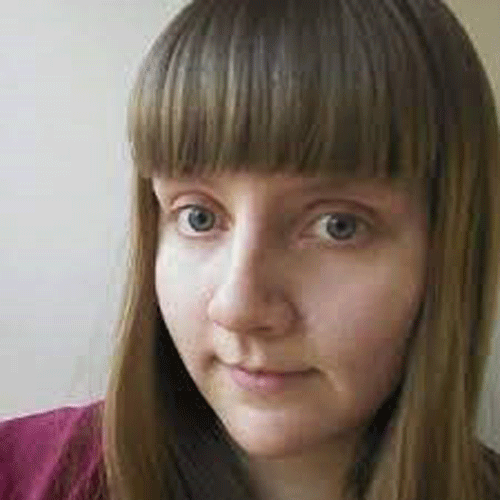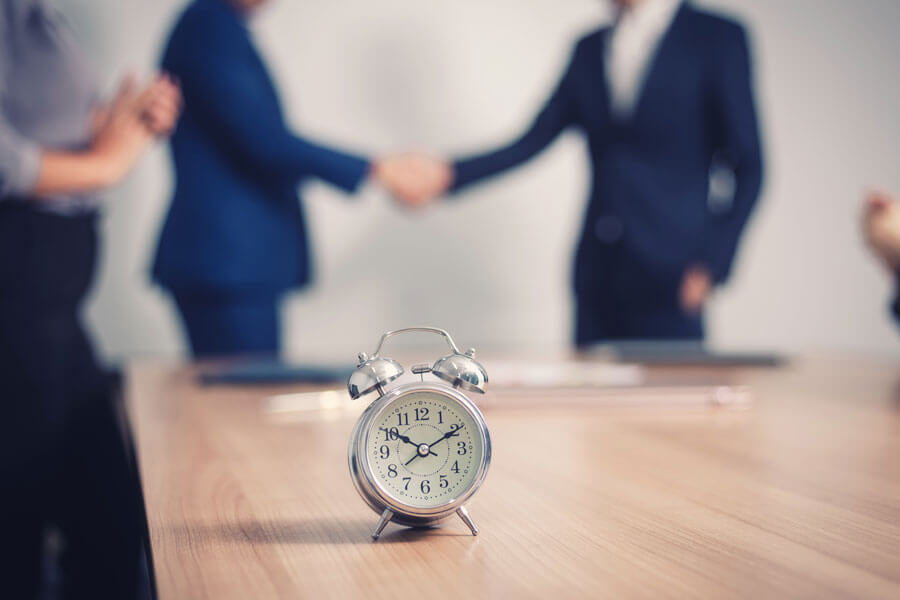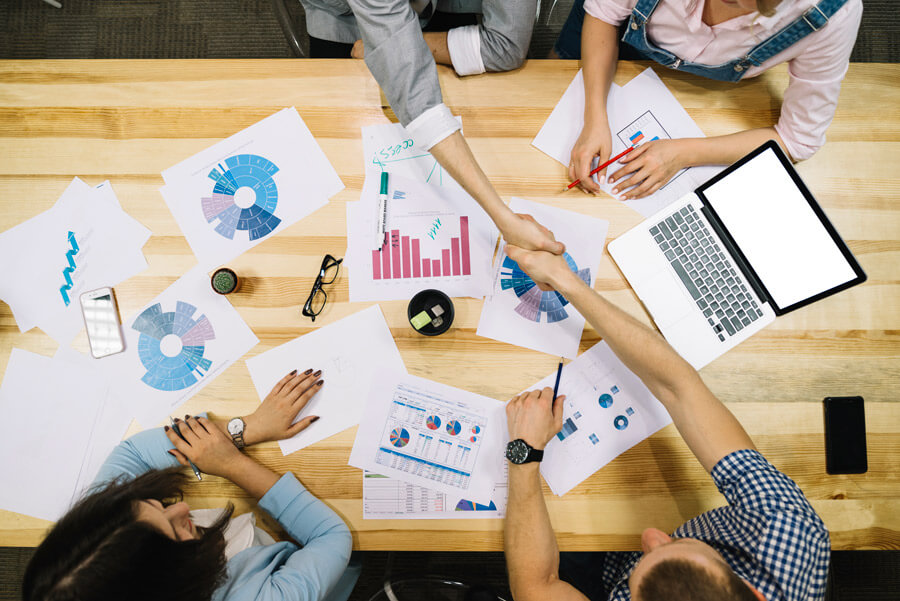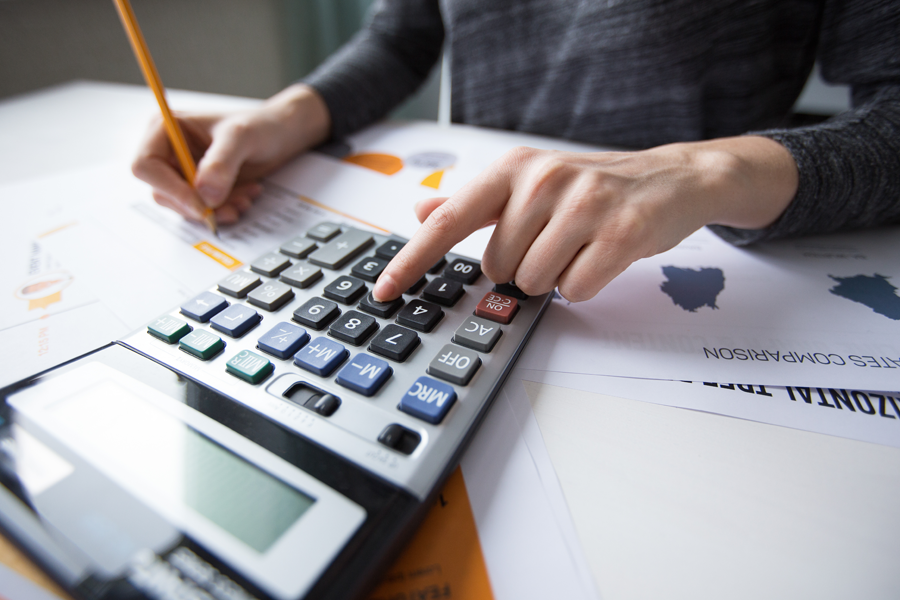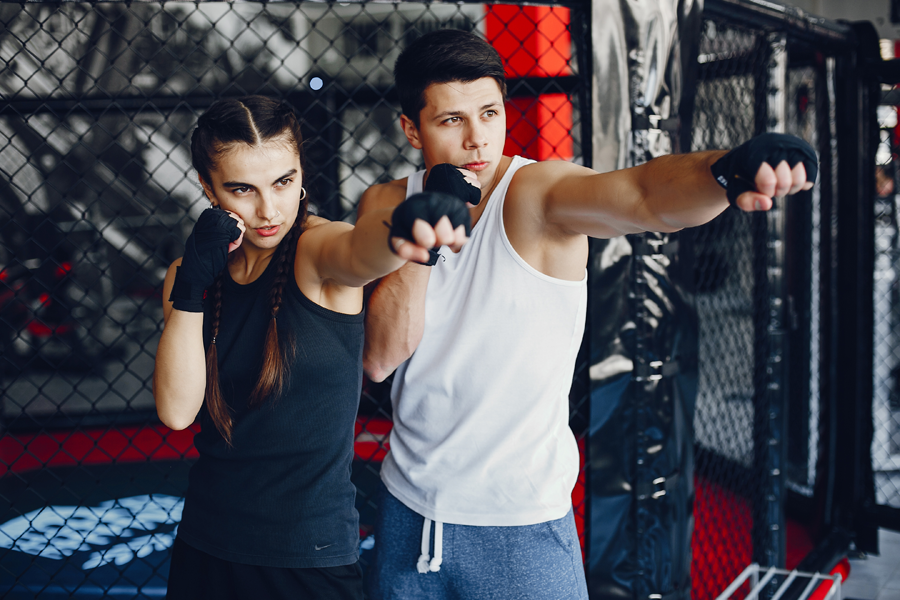In the course of transacting businesses with other firms and clients, it is not uncommon for issues to arise. Owing to the influx of the many issues that may be available at any given time, a way has to be found to handle these issues and eliminate any mix-ups.
You will need to implement appropriate issue tracking techniques and approaches. These are basically a series of steps that can help you to receive, take appropriate steps to remedy any issue, close the matter, and make appropriate follow up later if need be.
Issue Tracking Templates (Excel Worksheets)
Without any doubt, you have to employ the templates as they greatly cheapen the exercise to make it better suited for the task. They mainly contain the skeletons against which the finer details are patched up. They also have the uncanny benefit of making the entire task easier to follow up on and carry out. You want to find and make use of such templates as a matter of priority.
For your easy access to free templates for issue tracking that can be downloaded and edited for instant use, we have provided them below in MS Excel format.




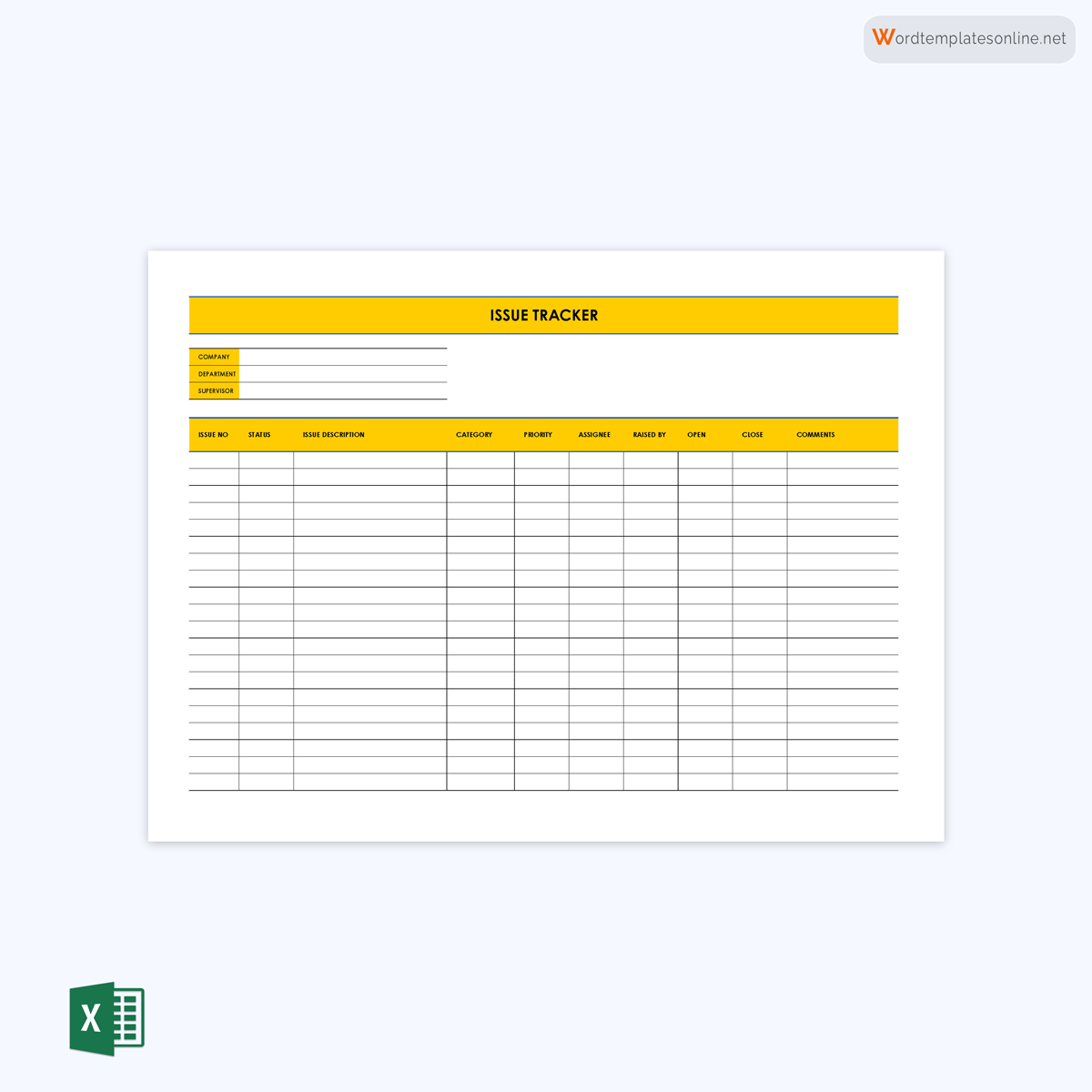
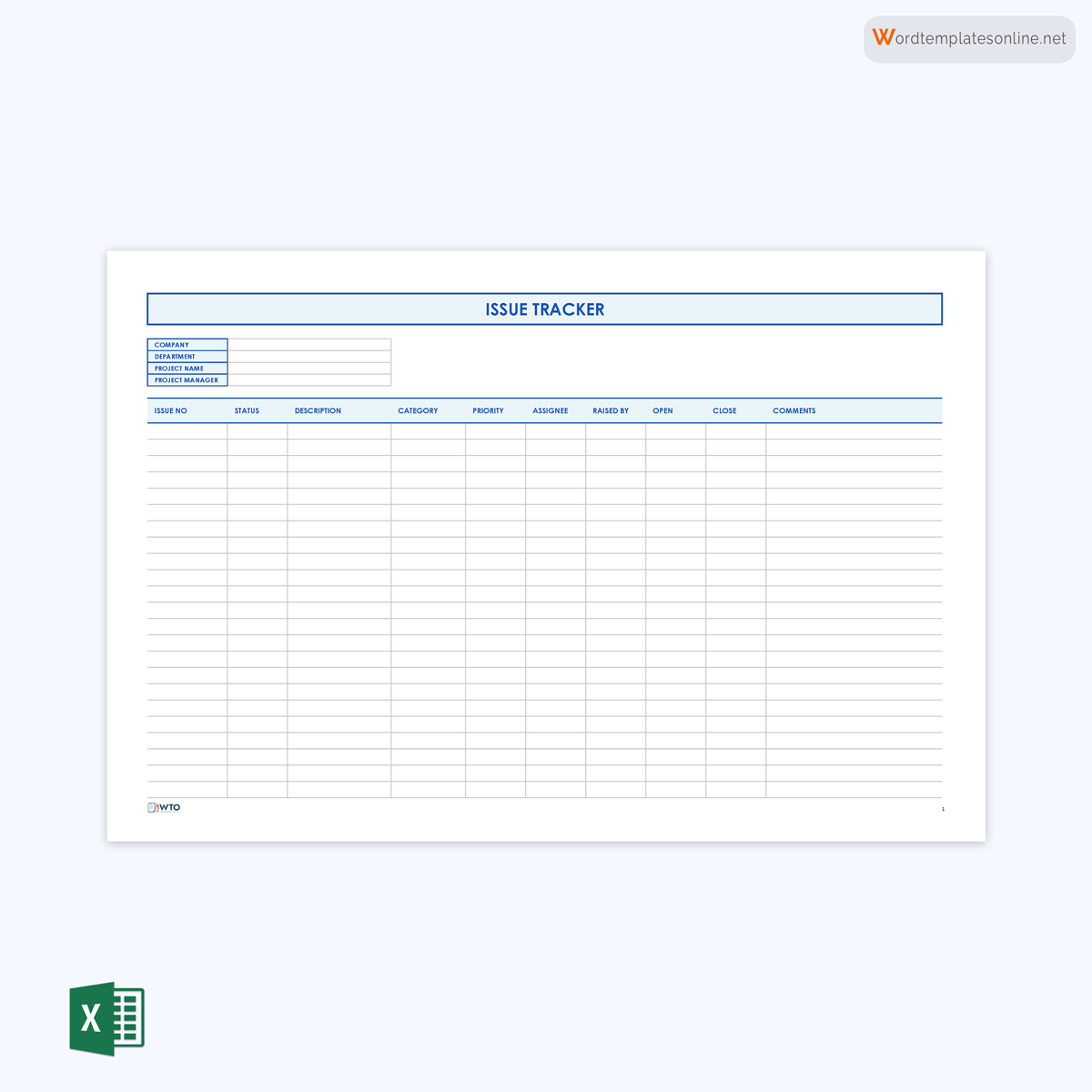
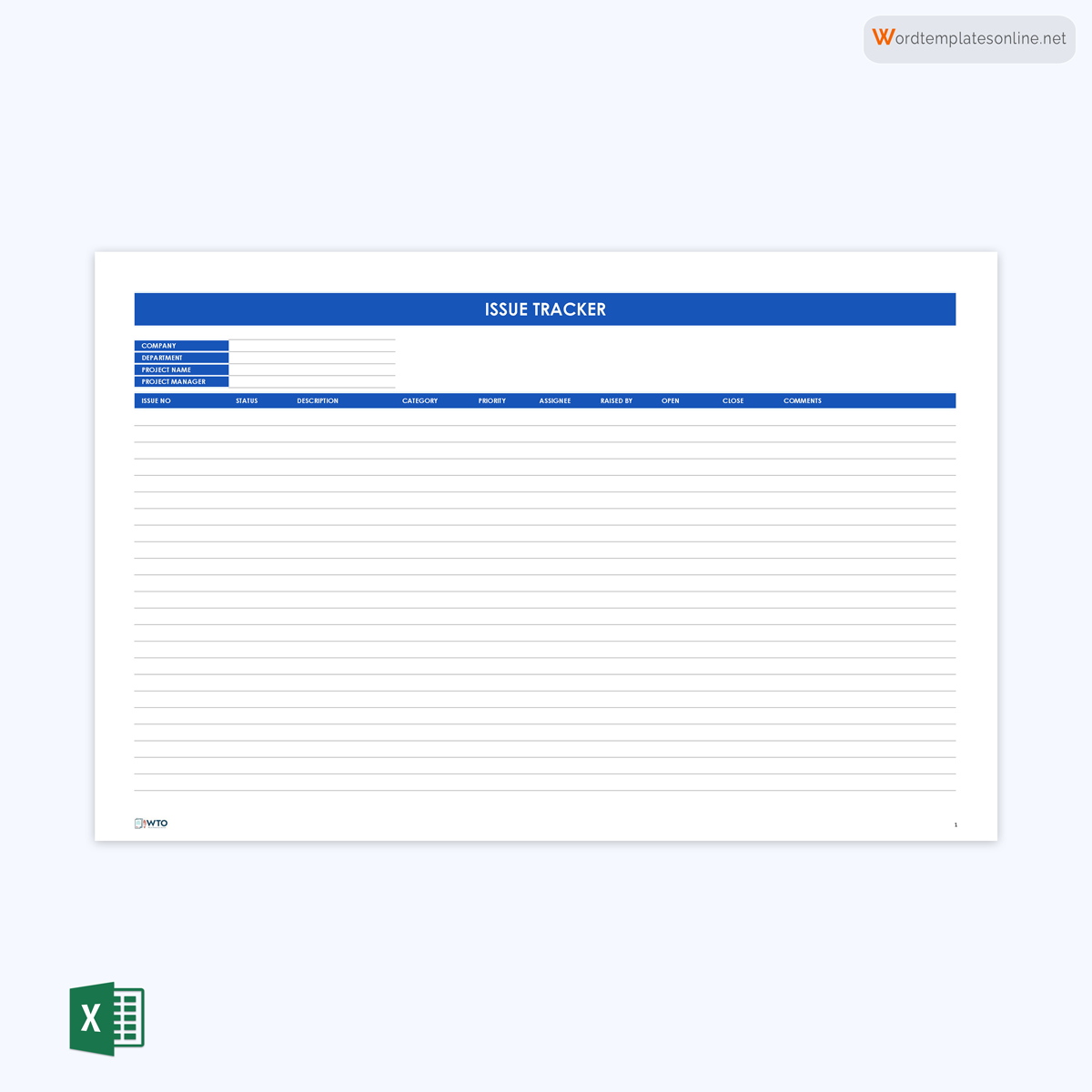
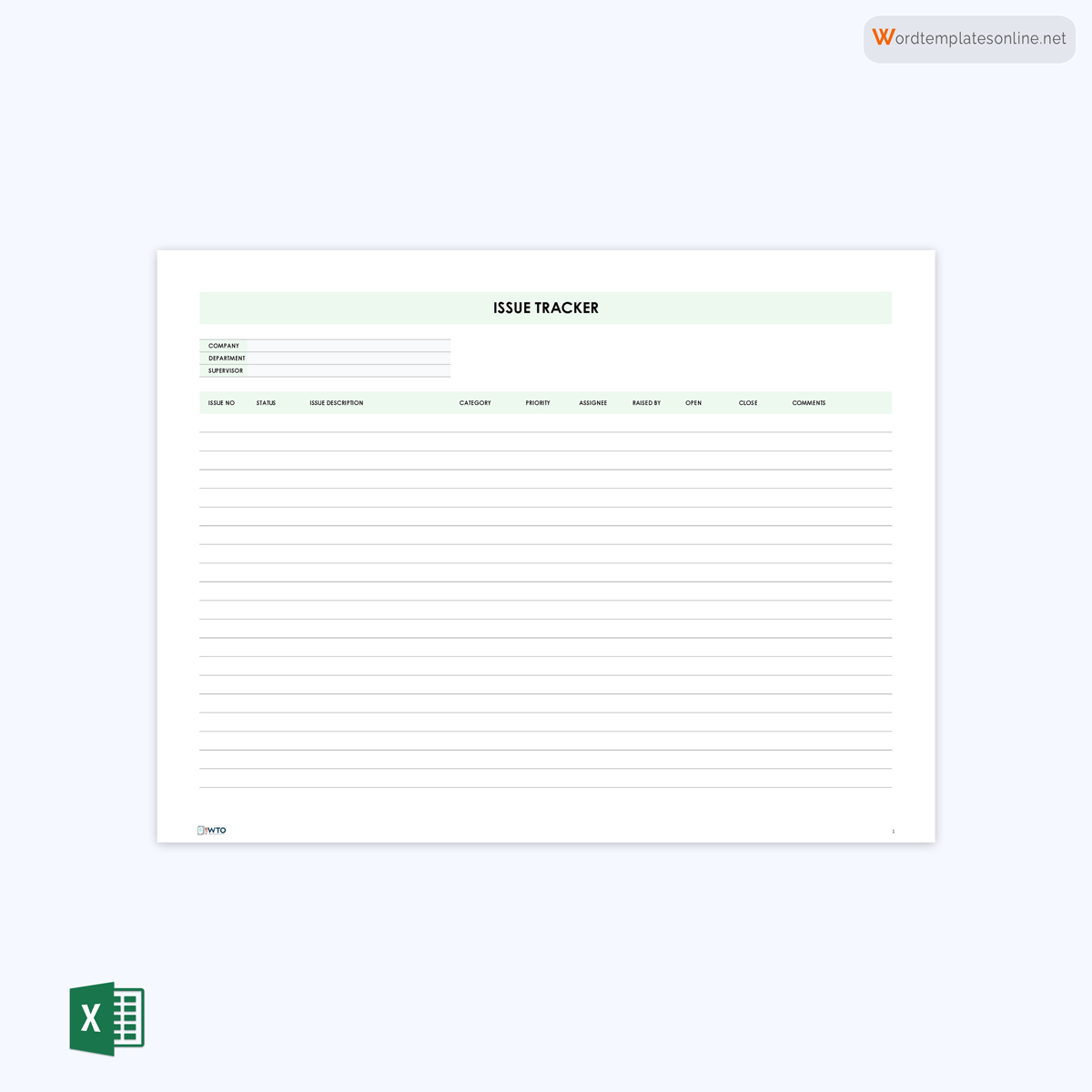
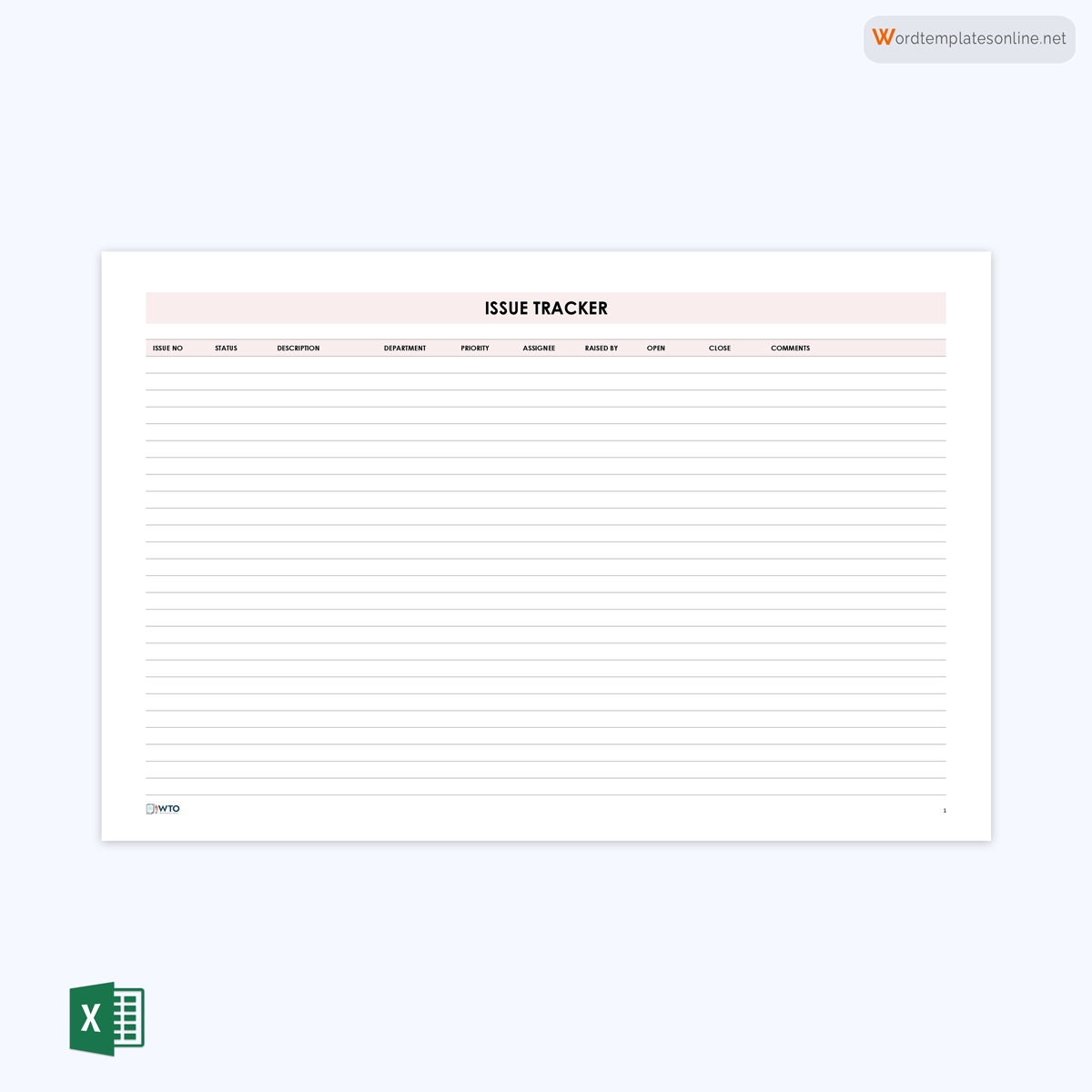
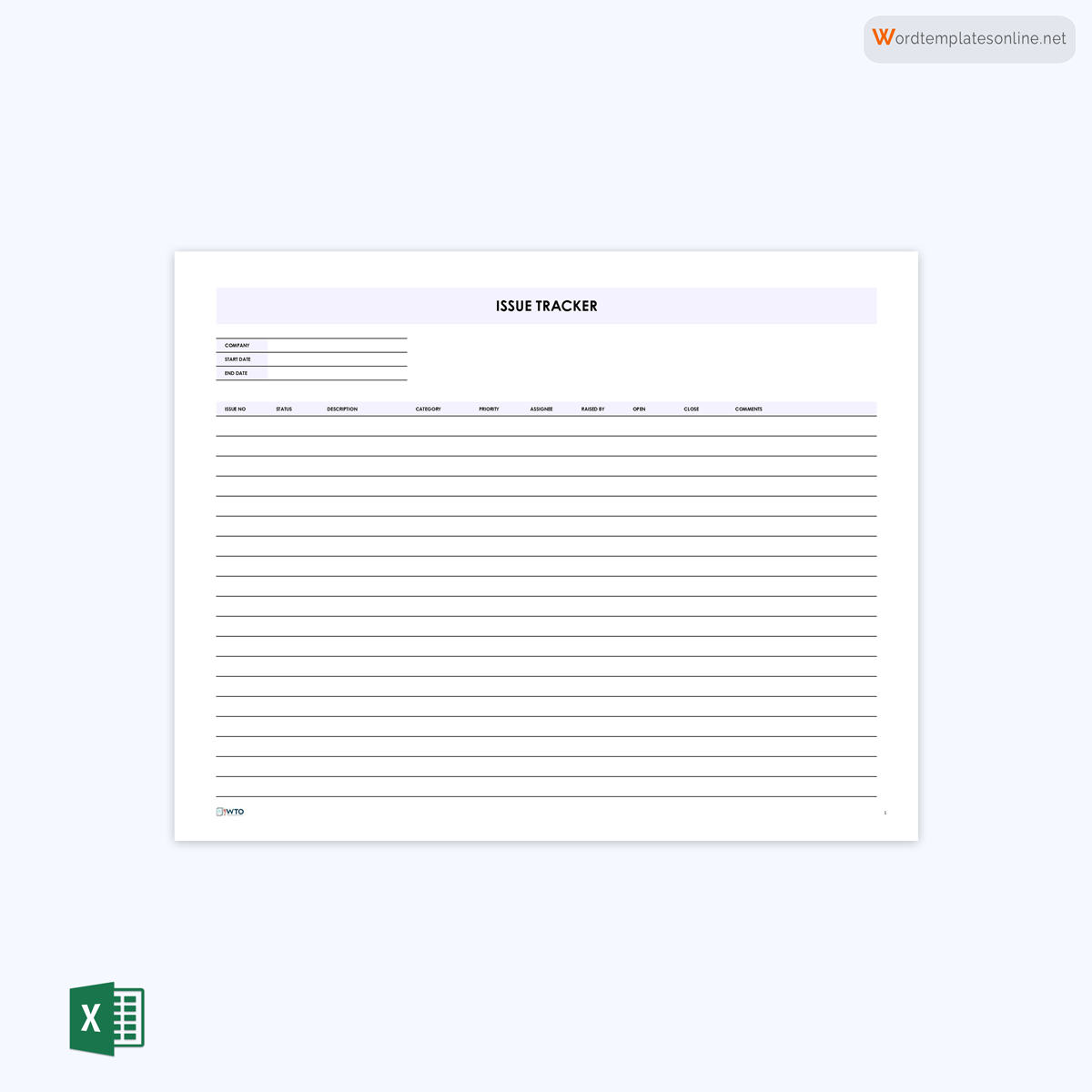


Why is Issue Tracking Helpful?
Issue tracking is helpful in many ways. Below are the top benefits that the approach confers to an organization:
Anticipate issues beforehand
Putting in place such an issue is anticipatory in the sense that it helps you to anticipate issues beforehand. By anticipating issues before the same happens, you get ample time to make every arrangement you need to forestall the same from happening or dealing with the same as it happens.
Improve business performances
This system improves the performance of your business in the sense that it allows you to track and keep pace with the operations. That way, you also get to meet the needs of the clients better, and in ways, you would not really manage without implementing this particular approach.
Minimize costs and associated expenses
Considering that the exercise facilitates the execution of business operations, it is unlikely to inflict higher operational expenses on your part. Instead, it greatly cuts down the expenses you would ordinarily have to expend to have your way at all. That, of course, leads to higher profit margins.
Eliminates confusion
Under this mechanism, each problem is assigned a unique identification and is followed appropriately. The use of the approach is hence a sure way of eliminating the confusion that potentially arises in the course of handling customer queries. In that way, it ups the reliability of the systems altogether.
Handle issues effectively
The use of this system yet again makes the handling of issues a more effective undertaking. It enables the execution of such tasks to flow unhindered and easier to manage. Even when you have many clients with more or similar issues, you will less likely to confront unnecessary hassles as you go along.
Basic Contents of Issue Tracking
A typical issue tracking contains the following essentials:
- Issue Number – This is the unique identifier that is assigned to the issue at hand. It is the one that distinguishes it from more or less similar issues.
- Status – Refers to the state of the progress of the ongoing issue. Status here could be ‘done,’ ‘blocked,’ ‘in progress,’ or ‘open,’ among others.
- Issue Description – A one-paragraph detailed explanation of the issue at hand. The description gives a clear understanding of nature and the scope of the issue under review.
- Category – Though issues are many and far between, they may nonetheless be categorized in a few distinct categories for the sake of more convenient follow-ups and handling.
- Priority – Definitely, not every issue carries the same weight as the other. Some are no doubt more important than others. The priority here refers to the designation that each issue bears.
- Assigned to – This is the person to whom the issue is assigned. He is the one who is supposed to follow up on the matter and observe that it is pursued to its logical conclusion.
- Raised by – Each issue no doubt has to emanate from a person, typically a client. The ‘raised by’ seeks to reveal the identity of the person who raised the issue and his address.
- Open Date – The open date is when the issue was first brought to the fore.
- Close Date – Some firms prefer putting timelines in place within which the issues have to be handled to their logical conclusions. This is the close date.
- Comments – The persons handling or following up on the issue might want to place some comments against the projects for the sake of easier understanding and follow up.
How to Conduct an Issue Tracking
A typical issue tracking goes through the following stages:
Step I: Receipt of complaint
The first step is to receive a complaint. How this happens depends on the organization. Many have online ticketing systems that let their users log in and lodge their complaints. Others may allow for direct visits to the business premises to do the same.
Step II: Register the complaint
Upon receiving the complaint, the next step is to register the same. This one mainly takes the forms of assigning a unique identification number and registering the same in the systems that handle them. It is only when the same is appropriately registered that good work may be done.
Step III: Assign the complaint to a handler
After registration, the issue has to be assigned to a handler. It is the handler that is tasked with the responsibility of following up on the matter. Knowing the handler’s identity is crucial to accurately assign blame if and when such a situation arises.
Sep IV: Minister to the Problem or Issue
This is the core of the matter. It is at this stage that you meet the needs of the issue somehow. The way you do this, no doubt, depends precisely on the nature of the issue. You have to study it and find out what exactly you may have to do to reverse it altogether.
Step V: Close the matter
At the conclusion of handling the problem, you now have to close the matter. Closing here means notifying every stakeholder of the fact that the issue is now sorted. From then on, the ticket you assigned earlier ceases to be operational.
Free Templates in Other Formats
Below are the templates:
Issue tracking templates (word format)
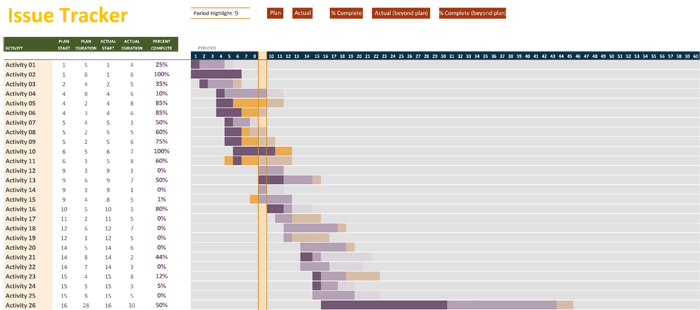
Issue tracking template (excel)
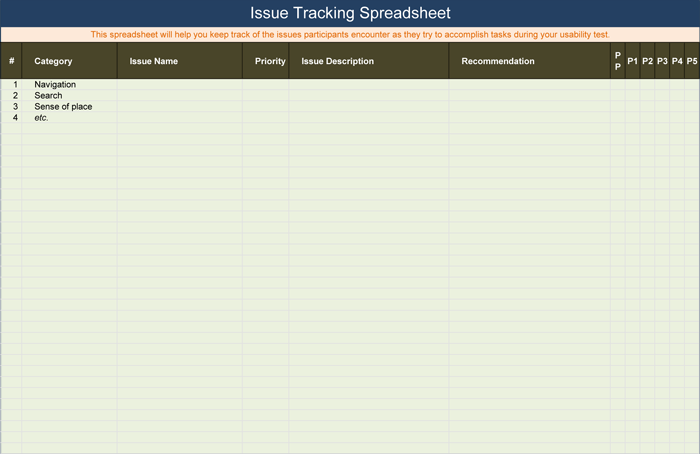
Issue tracking template 3
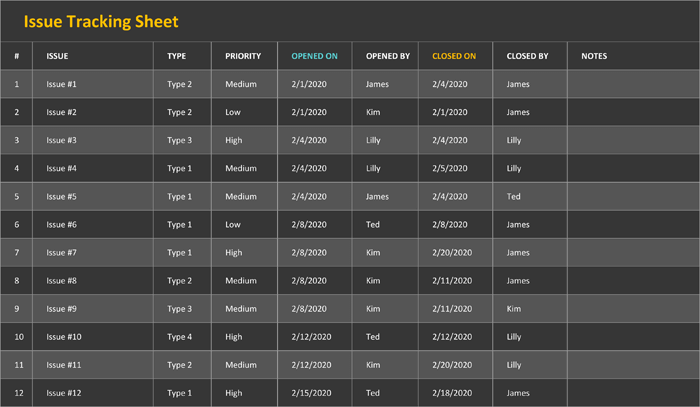
Our long and in-depth look into the issue tracking comes to an end there. We now pass the buck to you to implement the insight we have furnished you. You can never afford to drag your feet, as that might mean forfeiting the benefits that come along. When do you plan to set out?
